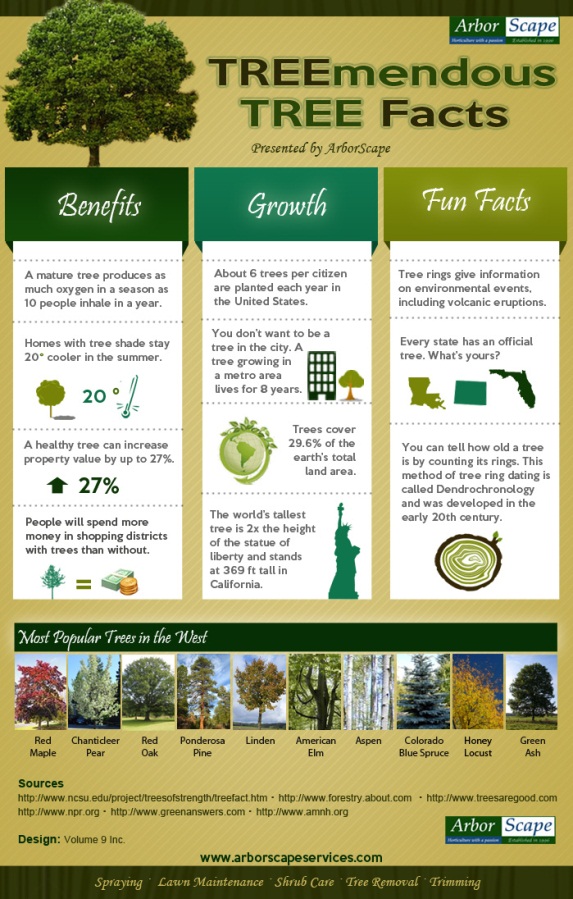After Removing Trees, Correct Treatment Is Essential For Landscape Recovery; Learn The Essential Activities To Restore Your Area And Avoid Upcoming Challenges
After Removing Trees, Correct Treatment Is Essential For Landscape Recovery; Learn The Essential Activities To Restore Your Area And Avoid Upcoming Challenges
Blog Article
Content Author-McMillan Leblanc
After a tree's removal, your landscape might look quite various, and it's necessary to assess the consequences thoroughly. You'll intend to review the dirt disturbance and inspect surrounding plants for any kind of signs of stress and anxiety. Ignoring these aspects can lead to larger troubles down the line. So, what should you perform with those stumps and origins? And exactly how do you pick the very best plants for your rejuvenated area? Allow's explore these important steps.
Analyzing the After-effects: Examining Your Landscape
After a tree elimination, it's crucial to analyze your landscape to understand the influence it carries your backyard.
Beginning by examining the location where the tree stood. Try to find indications of dirt disturbance, and examine the surrounding plants for any stress and anxiety or damage.
You ought to also remember of how the removal has actually transformed sunshine exposure and air movement in your yard. This change can influence the growth of neighboring plants, so it's essential to examine their health.
Think about the visual facets as well; the elimination could develop an open space that you can upgrade.
Lastly, think about https://docs.google.com/document/d/1Oh0fdvP4J8sSzD6XH7GI58bjkcdVEdEfBNgdlRnBqYQ/edit?usp=sharing of prospective disintegration problems that might emerge from the tree's absence. Resolving these factors early will help restore equilibrium to your landscape.
Taking care of Stumps and Roots: Choices for Elimination
As soon as you've evaluated the results of the tree elimination, you'll likely require to take on the stump and origins left behind.
You have a few choices for removal. One efficient method is stump grinding, where a specialist uses a machine to grind the stump to below ground degree. This method leaves very little interruption to your landscape.
If you favor a do it yourself method, you can use a combination of digging and chemical stump cleaners. Simply keep in mind, this procedure can require time and initiative.
Alternatively, think about leaving the stump as a natural attribute, which can function as an unique yard element or habitat for wildlife.
Whatever you choose, attending to the stump and roots is necessary for restoring your landscape.
Choosing the Right Plant Kingdoms for Your New Room
As you analyze your freshly removed area, choosing the right plants can dramatically boost your landscape's beauty and performance.
Beginning by taking into consideration the sunlight and dirt problems. For sunny locations, go with drought-resistant plants like lavender or succulents. In shaded places, brushes and hostas grow well.
Think of the size and development behaviors of your plants; mix perennials and annuals for seasonal variety. https://www.housebeautiful.com/room-decorating/outdoor-ideas/g26291355/pool-house-design-ideas/ forget to integrate native types; they require less upkeep and assistance regional wildlife.
Group plants in weird numbers for a much more natural appearance and produce layers for aesthetic depth.
Lastly, ensure you have a mix of colors and textures to keep your landscape lively throughout the seasons.
Satisfied planting!
Final thought
In conclusion, restoring your landscape after tree elimination is a fulfilling process. By examining the after-effects, attending to stumps and roots, and picking the right plants, you'll produce a growing setting. Do not fail to remember to include disintegration control actions to protect your dirt. With a little initiative and care, you can change your area into a lively garden that improves your building. Embrace the opportunity to rejuvenate your landscape and enjoy the charm of nature right in your yard!
